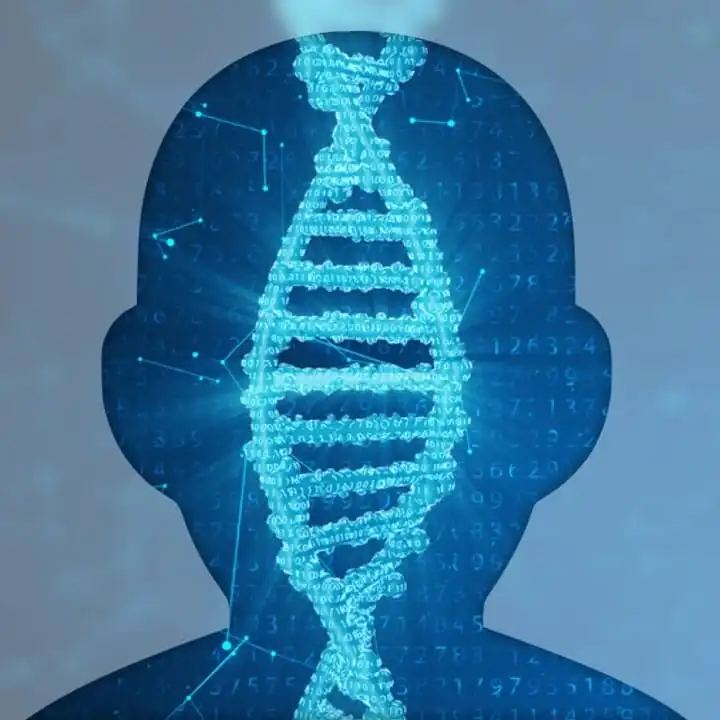What is Tatton-Brown-Rahman syndrome?
Tatton-Brown-Rahman syndrome is also known as DNMT3A overgrowth syndrome. It is a recently discovered syndrome that causes overgrowth in affected individuals. There is still much that is not known about this rare condition. Intellectual disability and developmental delay are key symptoms of the syndrome.
What gene changes cause Tatton-Brown-Rahman syndrome?
Changes in the DNMTA3 gene are responsible for causing the syndrome. This gene plays an important role in regulating the growth of the body before birth. Mutations have been identified de-novo.
What are the main symptoms of Tatton-Brown-Rahman syndrome?
Overgrowth is the main symptom of the syndrome. This leads to affected individuals being on a higher than-average height throughout their life. This overgrowth begins before birth.
Other physical features of the syndrome include a curving of the back, flat feat, weak muscle tone and loose, hyper-flexible joints.
Heart defects have also been associated with the syndrome.
Developmental delay, as well as issues with communication, behavior, and social skills (similar to those identified on the autism spectrum), are also common in affected individuals. An increased susceptibility to acute myeloid leukemia has also been documented.
Possible clinical traits/features:
Seizure, Atrial septal defect, Blepharophimosis, Scoliosis, Umbilical hernia, Round face
How is it diagnosed?
To find out if someone has a diagnosis of Tatton-Brown-Rahman syndrome, it is important to have a consultation and evaluation with a clinical genetic specialist. Specialists may also suggest specific genetic testing or other types of tests to help reach a diagnosis. FDNA’s AI technology can help speed up the diagnostic process by analyzing facial features and other health information.
